Following my site visit to Yvo Zanev's plot in Sardegna, I took the ferry over to the Port of Rome - Civitavecchia and then a train into the capital to spend some time admiring this ancient city.
Probably the most striking thing about the plants of Rome are the conifers. No city, I've ever visited, has mastered the art of conifer plantings like Rome. Stone Pine - Pinus pinea, Mediterranean Cypress - Cupressus sempervirens, and Cedar of Lebanon - Cedrus libani are the stars of the show and create a dramatic backdrop to impressive buildings and ruins throughout the city. Here is a view from within Foro Romano, a vast excavated area of Roman temples, squares & government buildings, some dating back 2,000 years.
Doing the tourist thing, I set off to visit the Colosseum but detoured, within 10 minutes, into the entrance of Parco degli Scipioni. The high crowns of the pines and narrow form of the Cypresses provide a rural vibe whilst keeping ground level spacious and shady.
Parts of the park are planted more densely with a variety of smaller trees, shrubs, and herbs in the understory, most noticeably Acanthis mollis that is very commonly planted around Italy
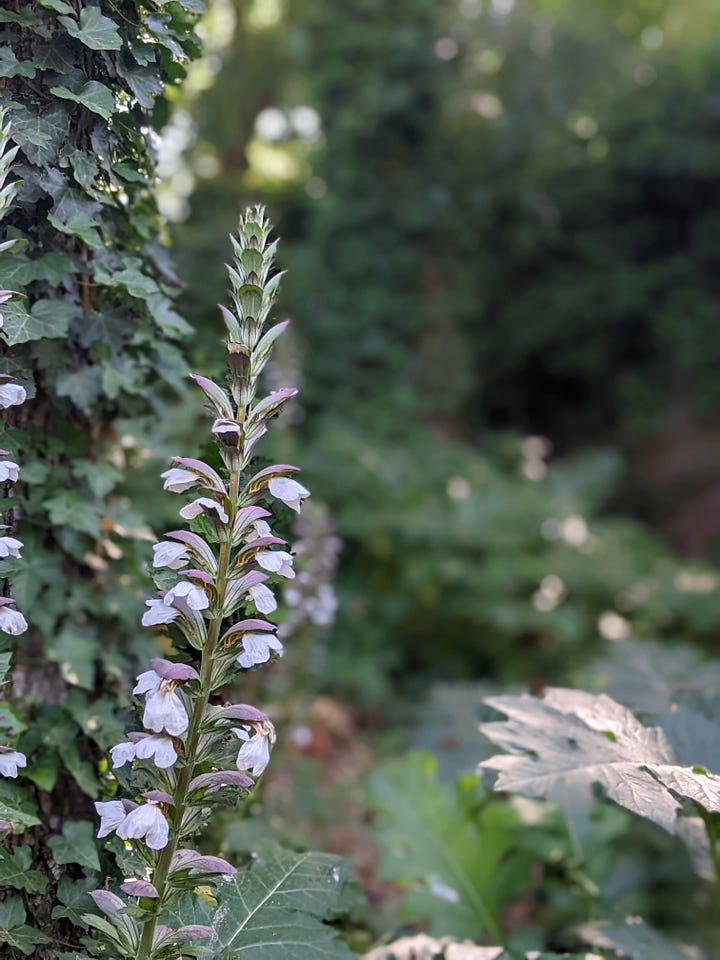
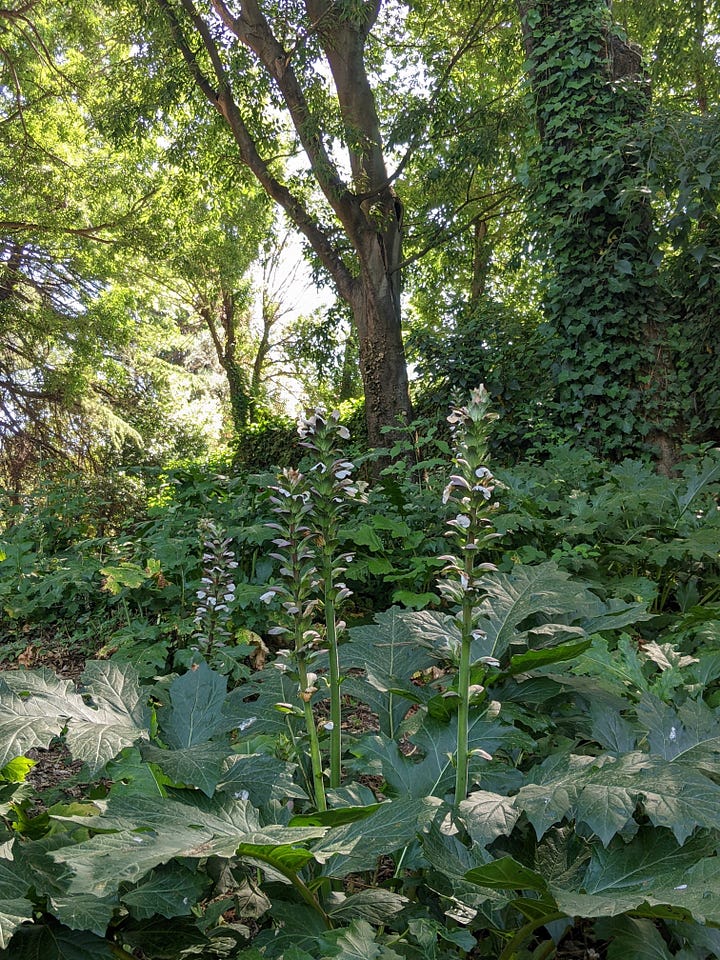
Capers, the salty, speckled pea-sized things you'll often find on a plate of Mediterranean food, comes from the plant Capparis spinosa that grow on cliff faces and rocky outcrops all over the Med. The plants pictured below, growing on the Aurelian walls of ancient Rome, are Capparis orientalis, also edible.
All over the city, you can see Nasone, also called a Fontanella, a type of drinking fountain found in Italy and first introduced in the 1870s. There are approximately 2,500–2,800 nasoni in Rome, supplying people with free drinking water.
An old Olive Tree next to the Septimius Severus Arch
View through Septimius Severus Arch
I had a strange encounter with a Gecko on my way back from visiting the Colosseum. I almost stepped on it before I spotted it on the ground and I assumed it was dead. I think it is Mediterranean House Gecko - Hemidactylus turcicus
Street Trees of Rome
There is a lot of variety of street trees in Rome and all of the trees I came across seemed in excellent health. I suspect there is plenty of water and nutrients for the plants to access down there under city infrastructure. The trees certainly provide the city with tons of charm and make it comfortable to walk around in the midday heat. More often than not each street will be planted with a single species on both sides of the road.
Other common avenue plantings include Robinia pseudoacacia - Black Locust, Morus alba - White Mulberry (a non-fruiting cultivar), Celtis occidentalis - Hackberry, and Platanus sp. In the Celio district, it was remarkable how pleasant the shade cast by the non-fruiting mulberry trees was. You could feel the cool moisture in the air.
The narrower roads feature Nerium oleander and Cercis siliquostrum - Judas Tree and Laurus nobilis - Bay Tree is planted in green spaces throughout the city. I noticed that Alnus cordata - Italian Alder is being newly planted along streets in some areas of the city but did not see any mature specimens. Alnus cordata - Italian Alder is a quite popular street tree in the UK and many urban developments in the past few decades have used this plant. The conical crown, nitrogen-fixing ability, and drought, wind, and pollution tolerance make it a great option for a city street tree. Laurus nobilis - Bay Tree is often planted as an understory plant and seems to grow very well under Stone Pine as you can see in the below picture
There is a lot of graffiti (all over Italy it seems) I guess that's why everyone uses the Italian word Graffiti. The old olives and bay trees really compliment the work :)
While trying to identify Oak trees in Rome, I found an interesting reference by Cornelius & Elbourne who had been studying oak-tree rings across the Roman frontier, to gain a read on the weather patterns during the roman empire (thin rings signify little rain during the growing season, wide rings signify seasons with high rainfall) and they cross-referenced this data with assassination dates of emperors. They identified a strong association between rainfall patterns and the duration that Roman emperors would hold power and found that a decline in annual rainfall significantly increased the probability that an emperor would be assassinated the following year. Interestingly about one in five emperors were assassinated in those days, worse odds than Russian roulette
Desire Paths
When planning access within a site it's often beneficial to deliberately leave land fully or partially un-pathed, waiting to see what desire-paths are created, and then creating permanent access in those areas. This is how we establish the majority of secondary access routes within our gardens. The below desire path caught my eye.
Support Our Project
If you appreciate the work we are doing you can show your support in several ways.
Become a member of the Bloom Room. A $70 annual subscription to our Substack provides you with access to live sessions, design tutorials, a members forum and more, see details here.
Make a purchase of plants or seeds from our Nursery or Online Store
Joining us for one of our Practical Courses or Online Courses
Comment, like, and share our content on social media.
Regenerative Landscape Design - Online Interactive Course
Want to learn how to design, build and manage regenerative landscapes? Join us on our Regenerative Landscape Design - Online Interactive Course. We look forward to providing you with the confidence, inspiration, and opportunity to design, build and manage regenerative landscapes, gardens, and farms that produce food and other resources for humans while enhancing biodiversity.
You can access the course material at anytime and join the live sessions and interactive forums that run from May - Oct every year. All members of the Bloom Room receive a 500 EUR discount. To take up this offer all you have to do is become an annual subscribers to our Substack and register here with the promo code BLOOM.
I look forward to you joining !
We offer a diversity of plants and seeds for permaculture, forest gardens, and regenerative landscapes including a range of fruit and nut cultivars. We Deliver all over Europe from Nov - March. - Give a happy plant a happy home :)
Welcome to our Online Store where you can find Forest Garden/ Permaculture plants, seeds, bulbs, and Polyculture multi-packs along with digital goods and services such as Online Courses, Webinars and eBooks. We hope you enjoy the store and find something you like. It's your purchases that keep our Project going.
You can also find our full list of trees. shrubs and herbs for forest gardens on our nursery website.
If you enjoyed this post please leave us a comment and a like and even better share it with your friends on social media. The more our articles are shared the more likely they are to appear in search engines and the further we can reach people with our message and grow our project.

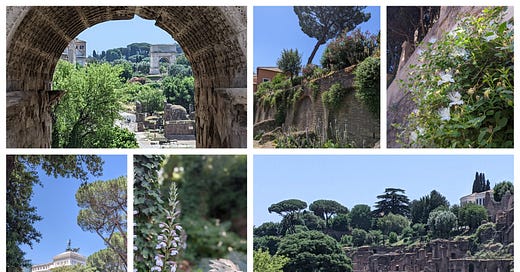



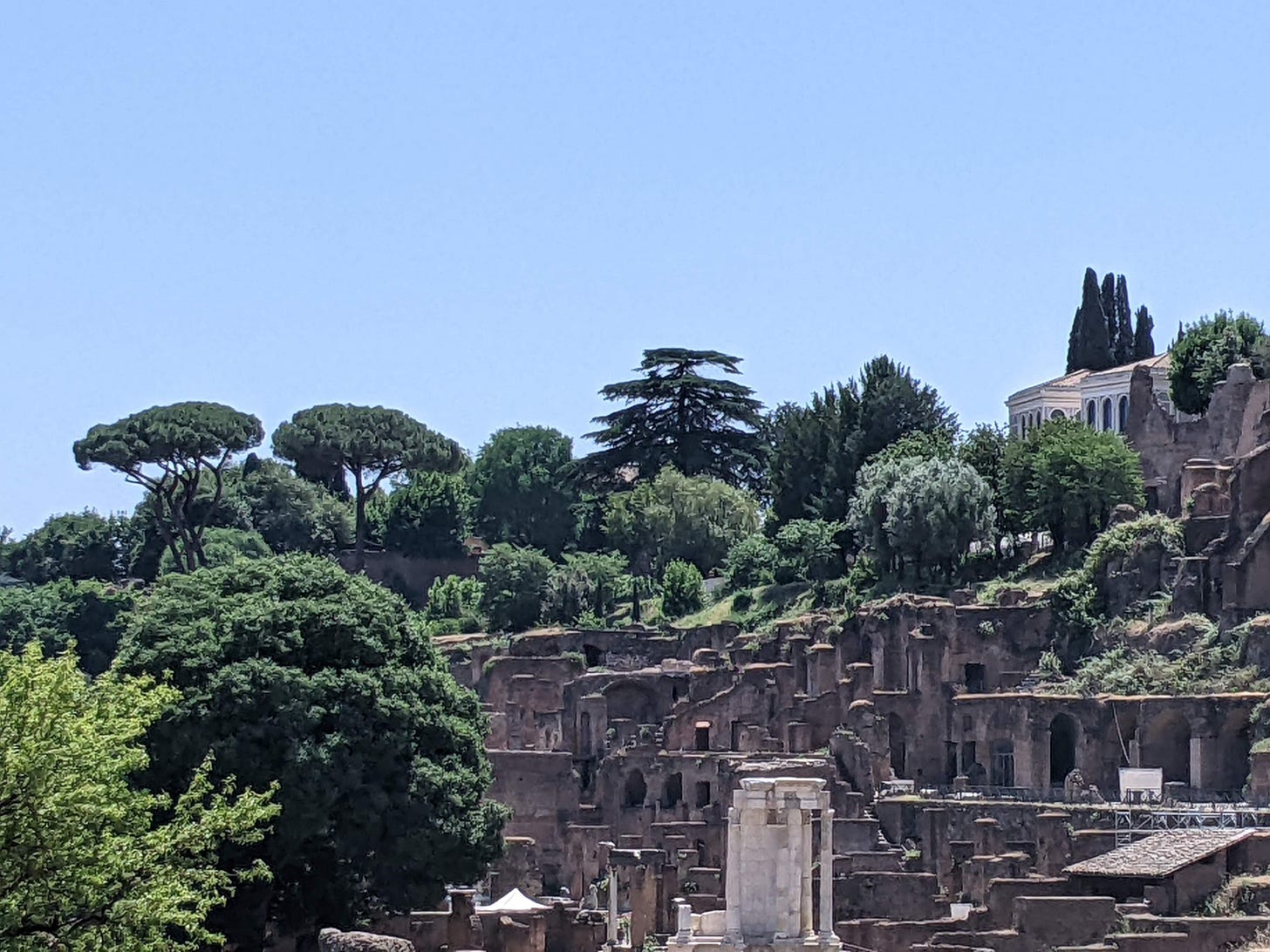
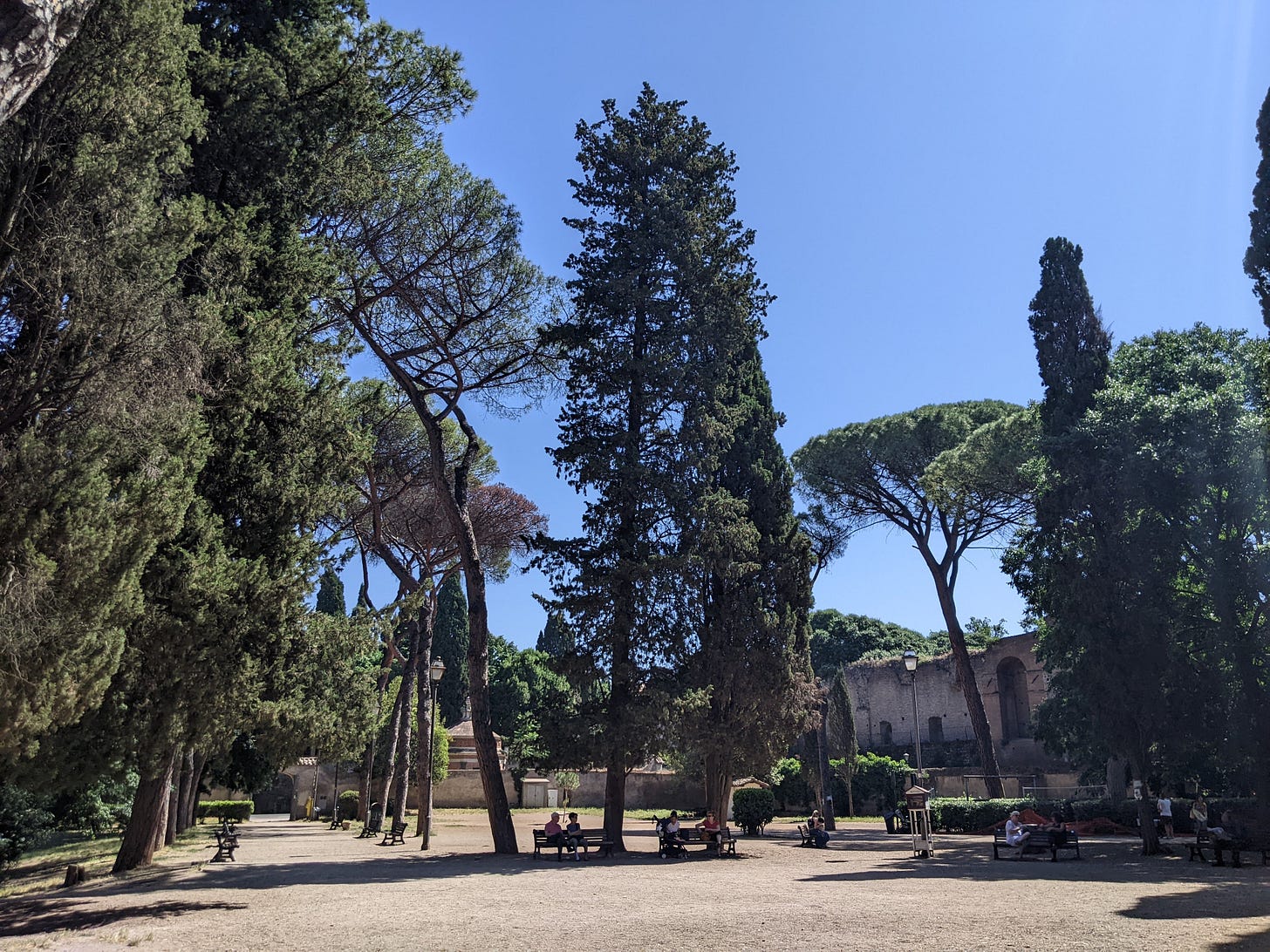
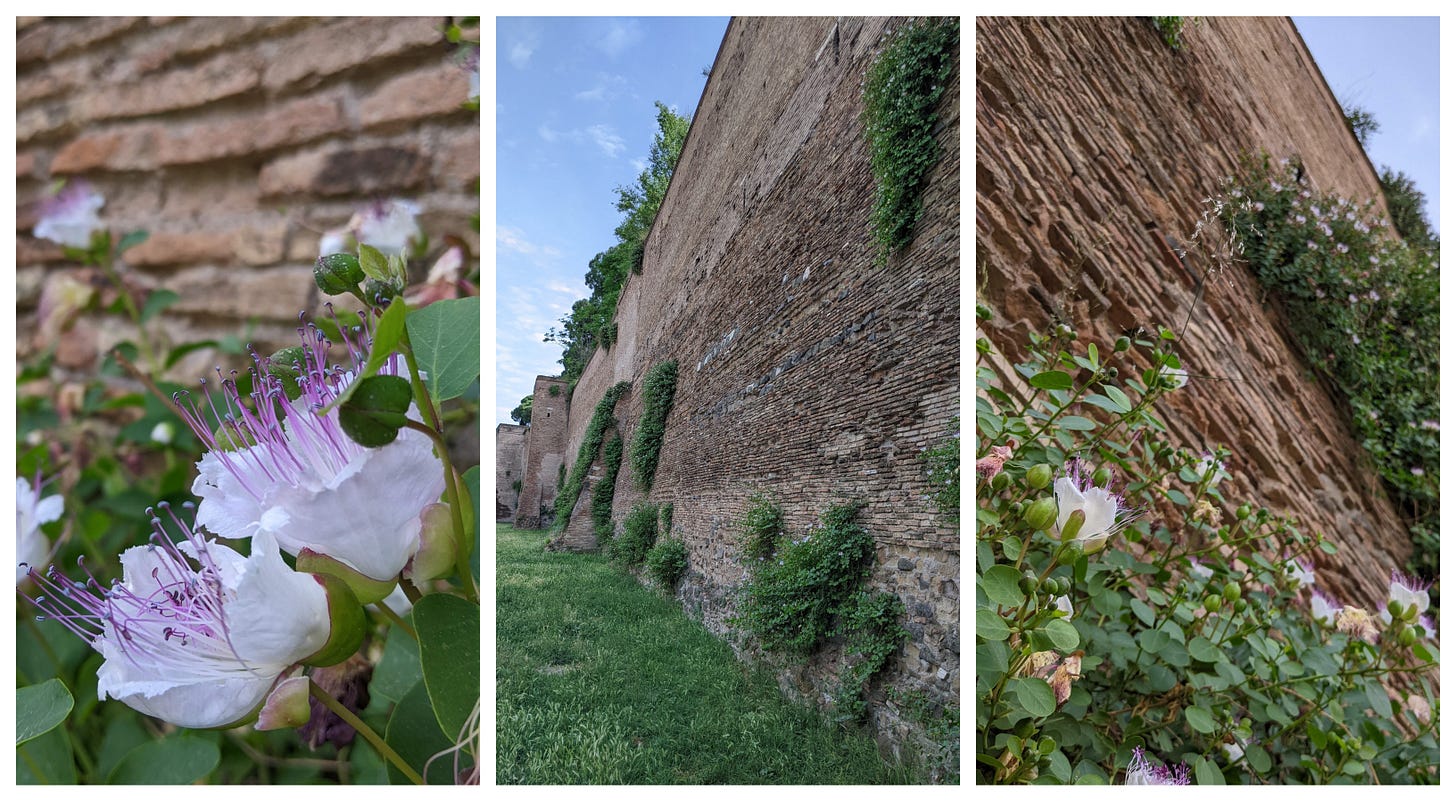
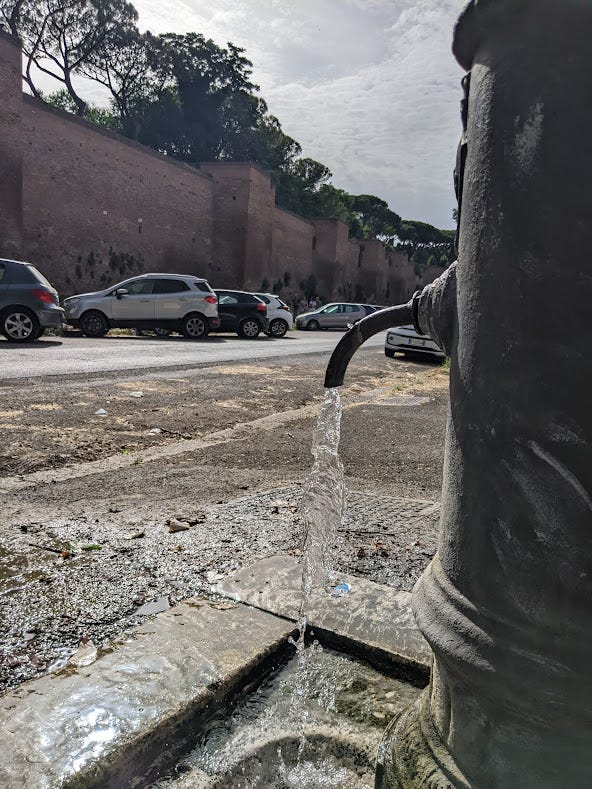
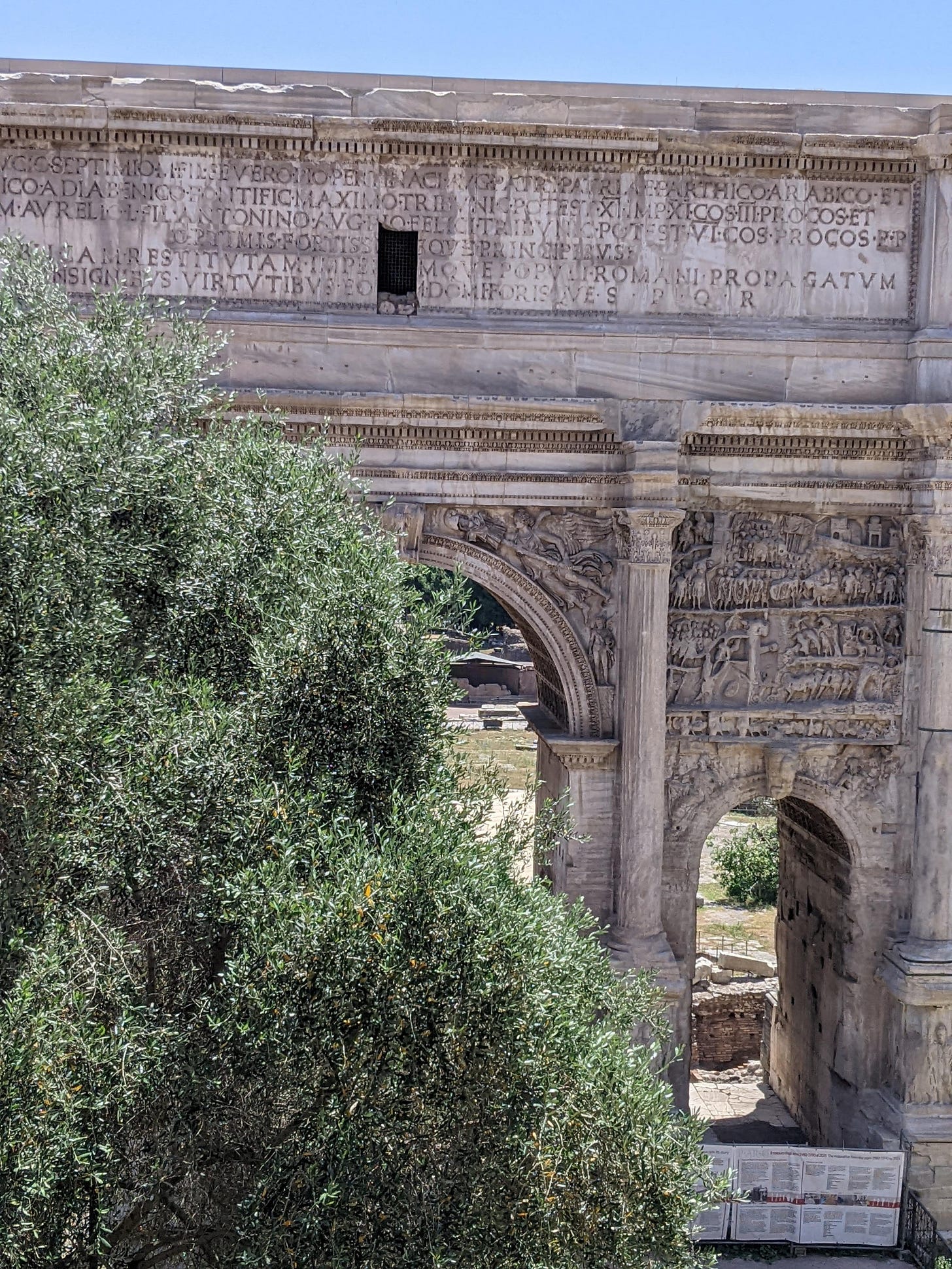
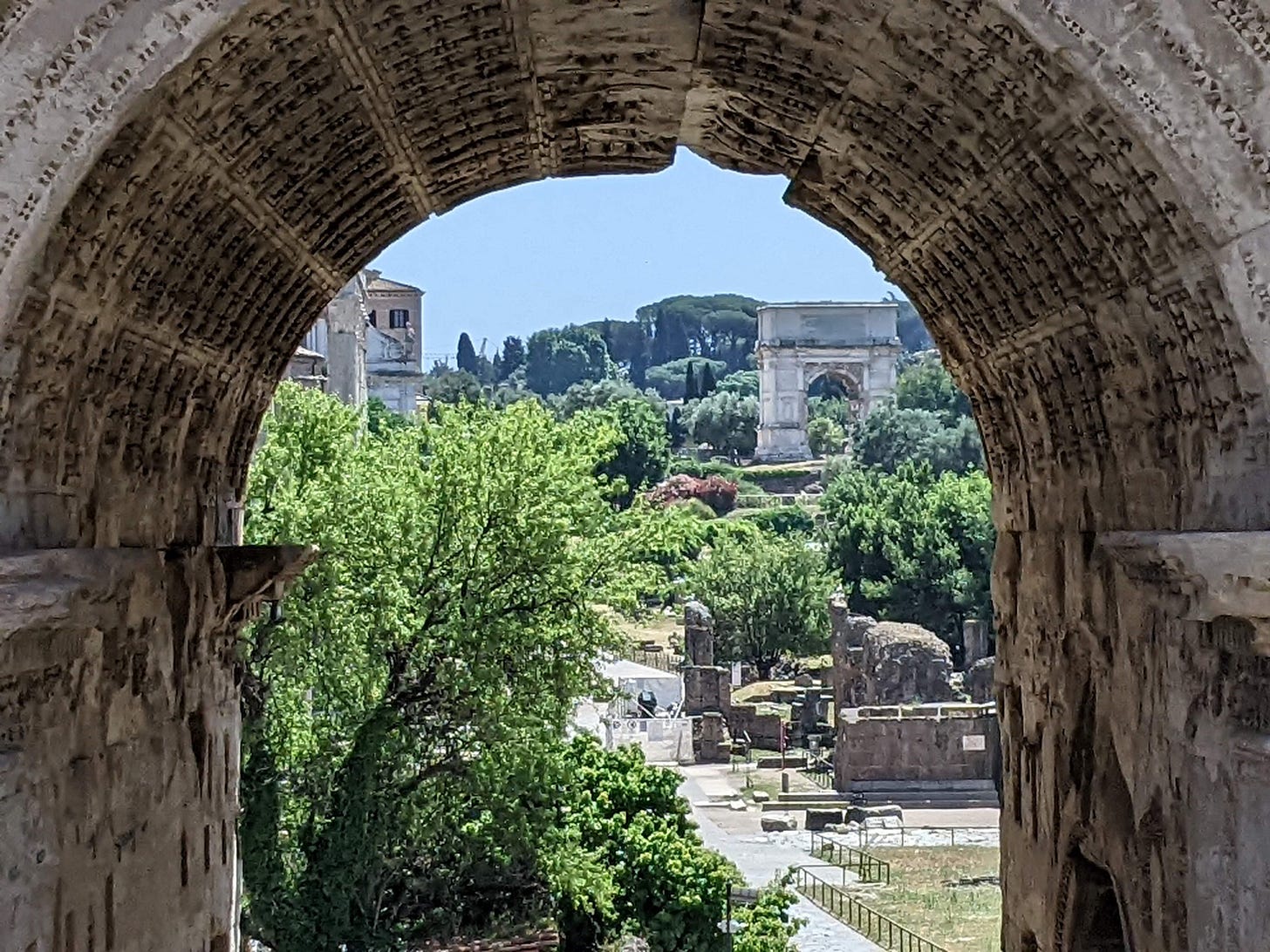

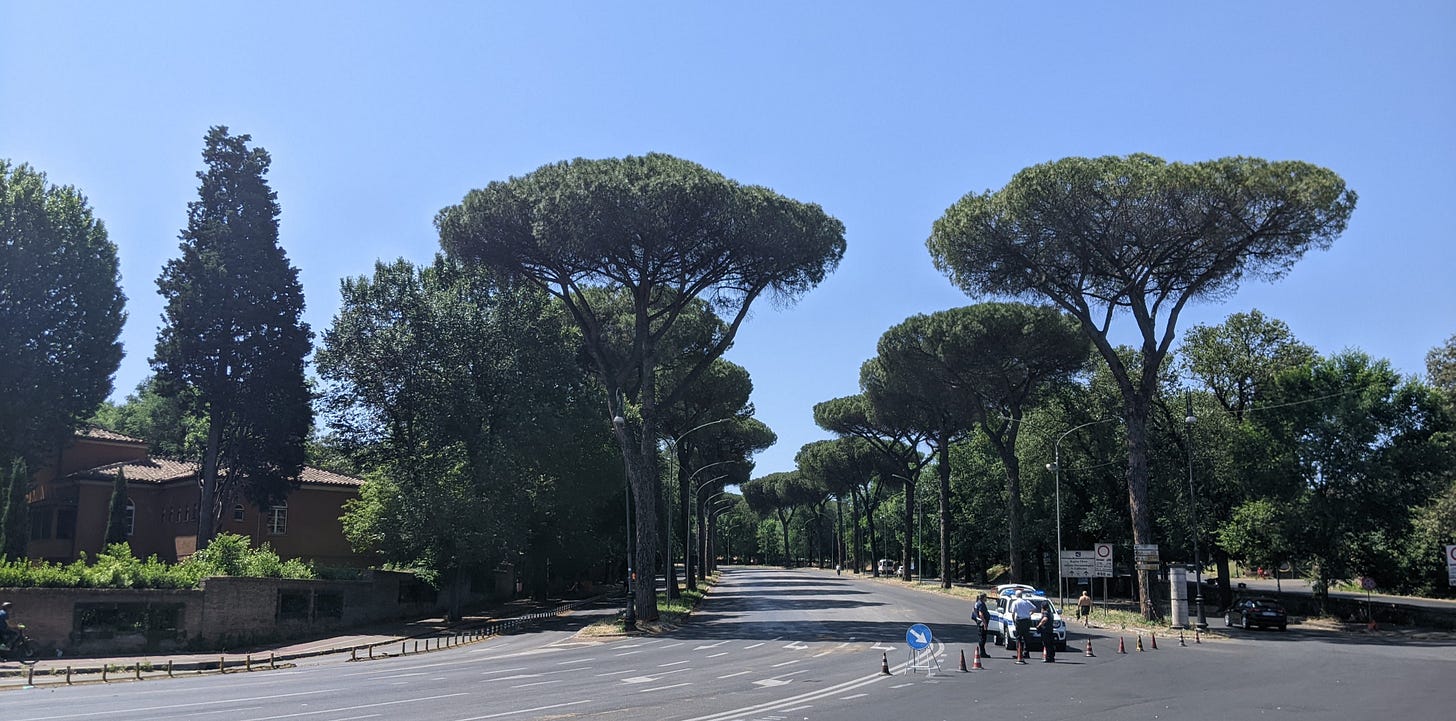
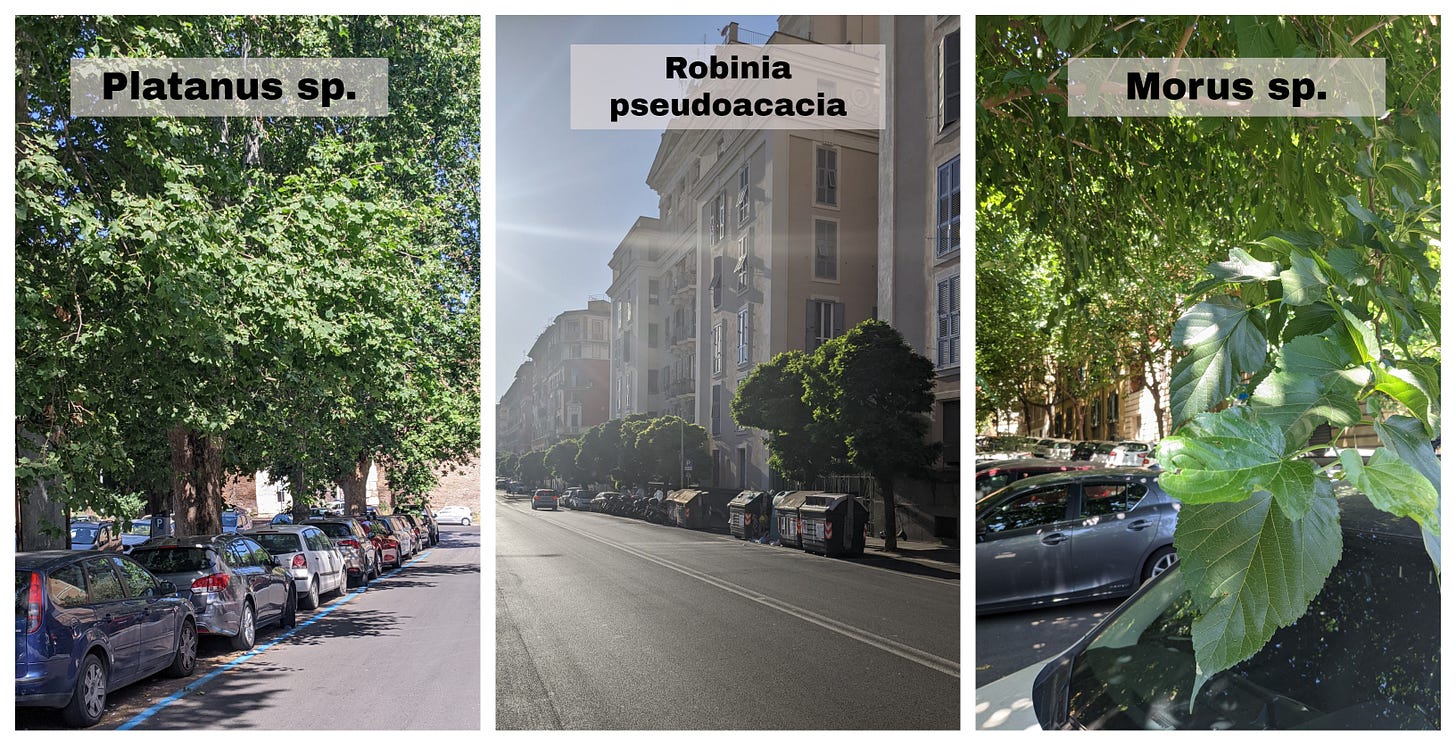
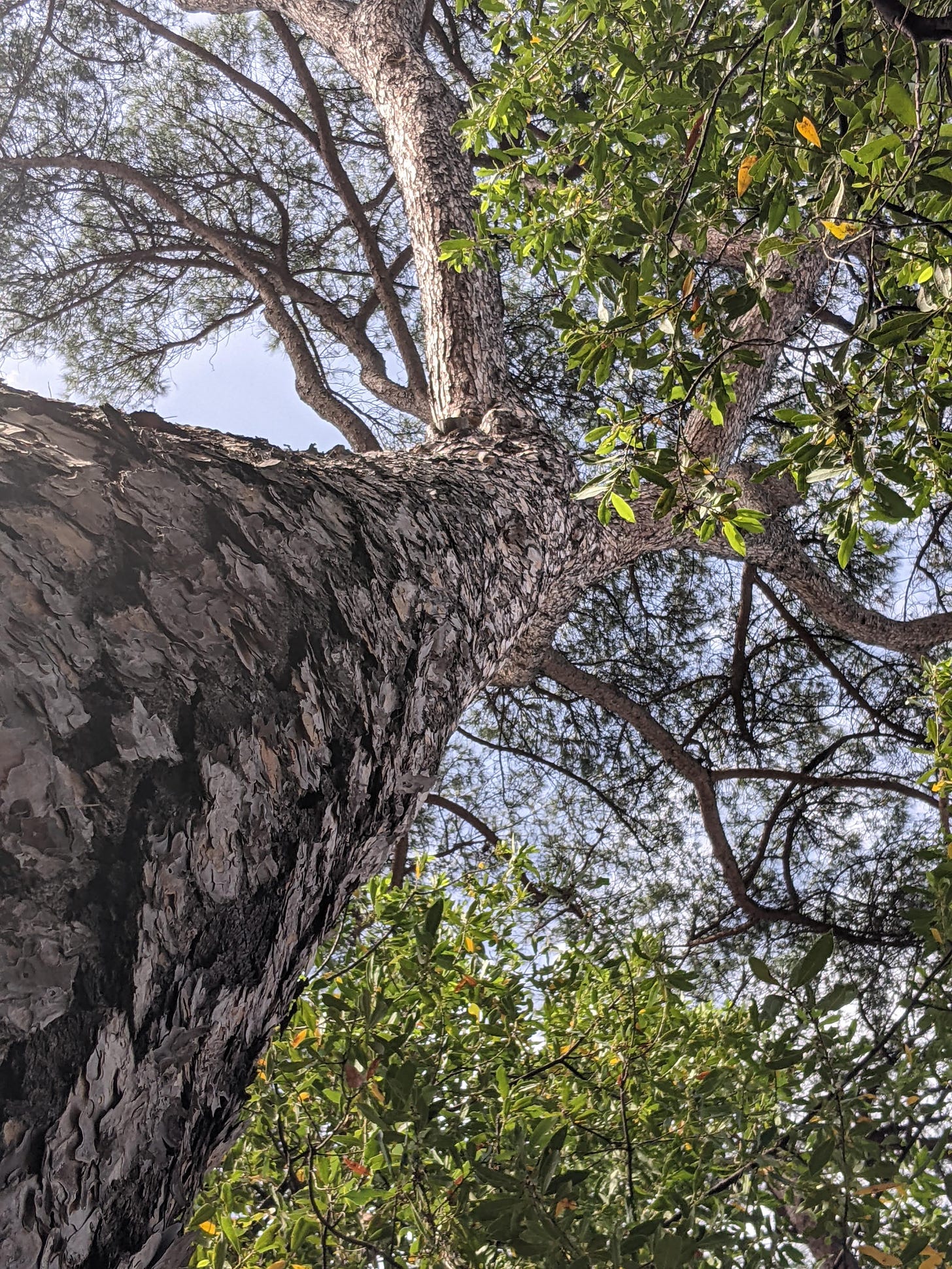
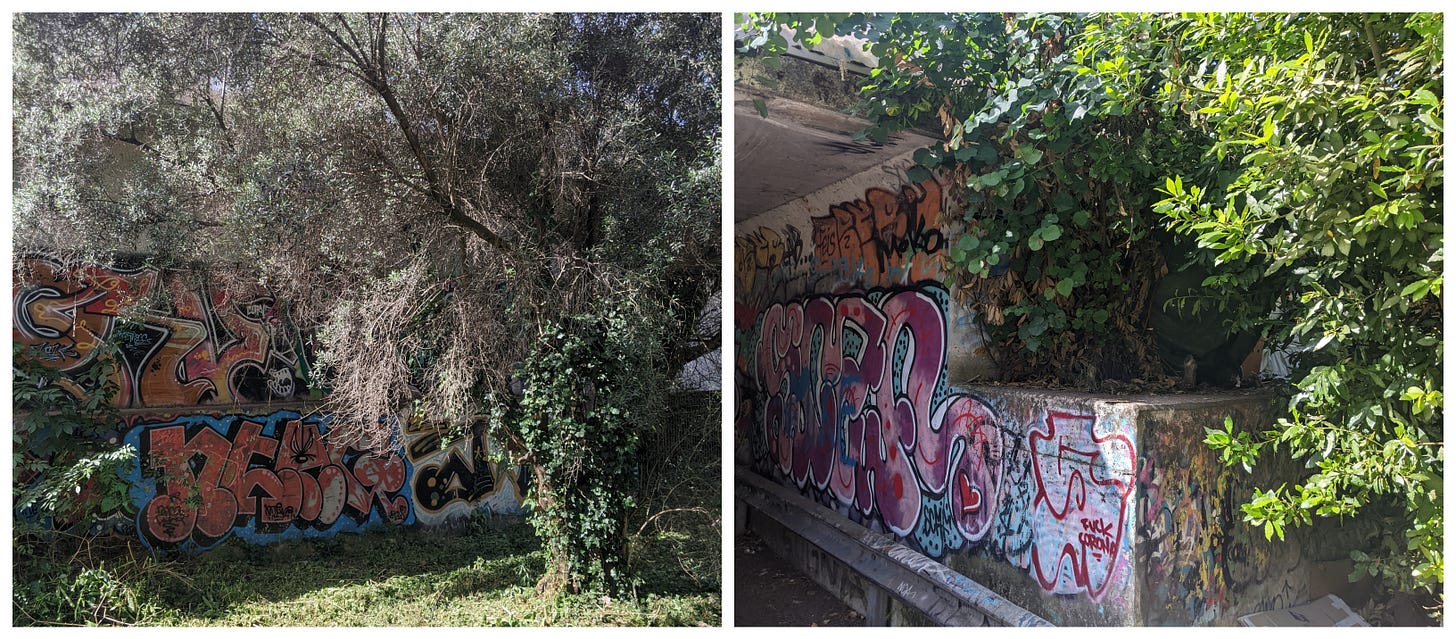
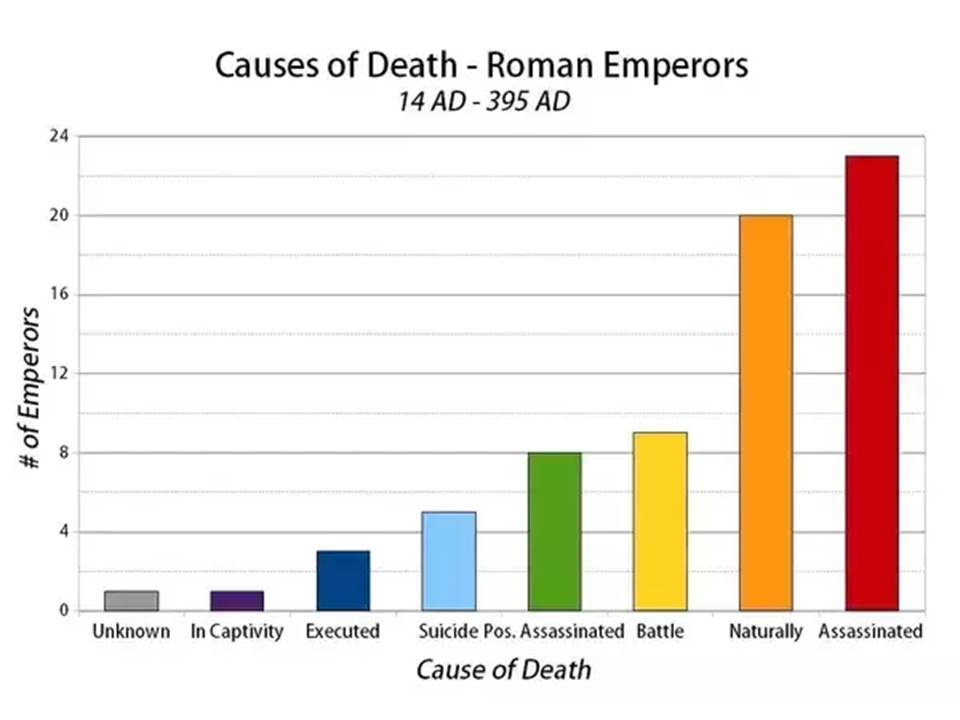
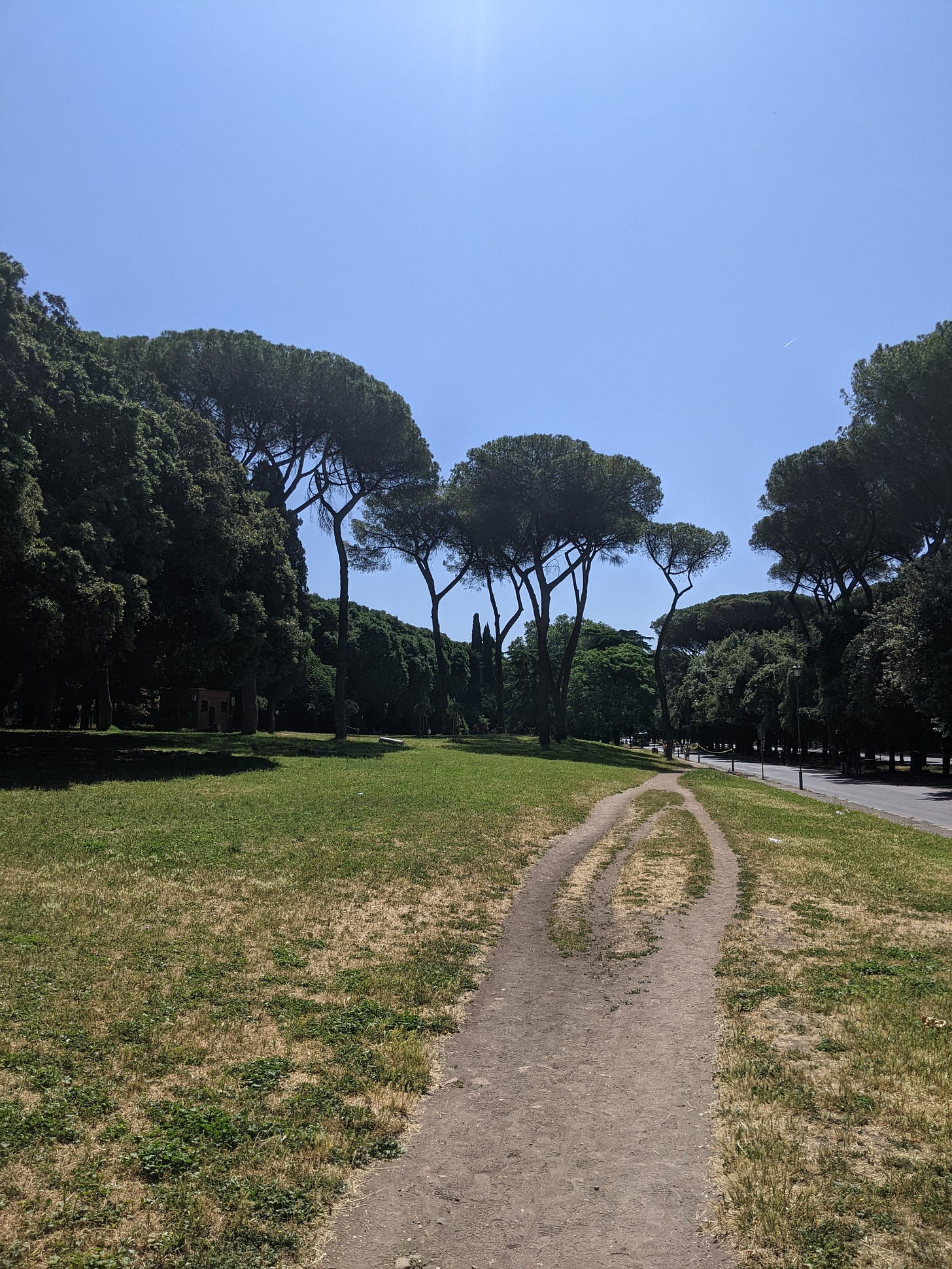

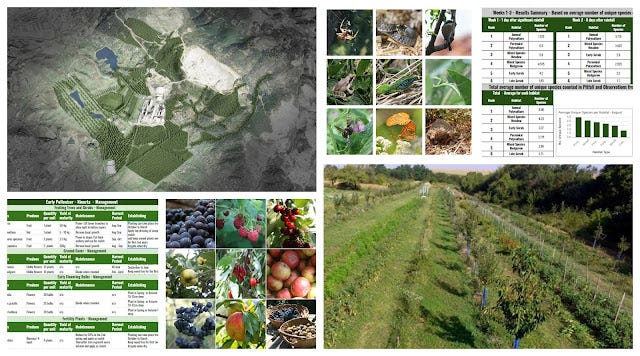
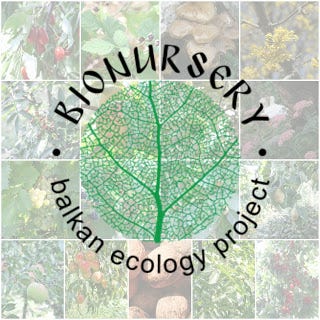
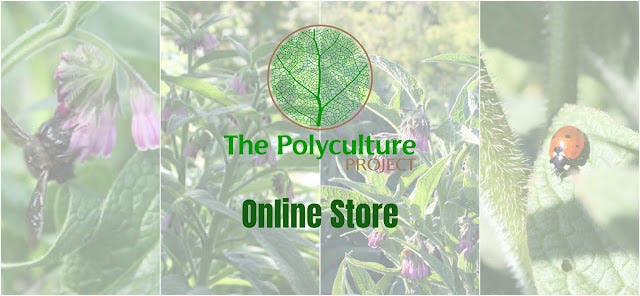
Paul, I just want to say. I love your newsletter to bits and pieces. Thank you for sharing this wonderful piece and several other polyculture research in the past.
Thanks for sharing again your explorations and educated eye. Great your vision of landscaping. There certainly is a nice collection of conifers there for a city. Any idea about the water system in Rome to feed all the Fontanellas ?